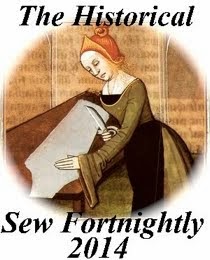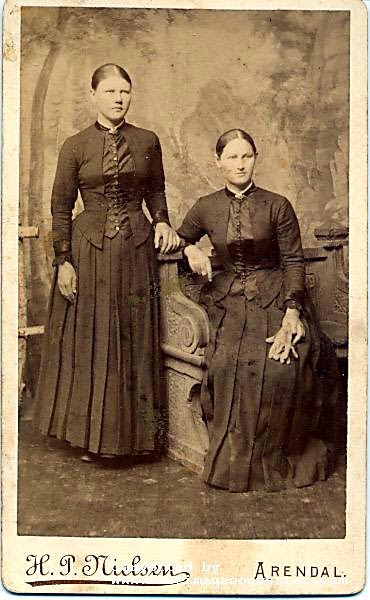 |
| Governor Don Pio Pico, his wife, and nieces, ca. 1850, San Diego Historical Society. |
By the time California
entered the United States in 1850, the social and political climate of the
state was radically changing. Hispanic
immigrants from Mexico, Central and South America, entered California and headed
to the gold mines, bringing their own culture with them. Non-Hispanic immigrants to the state no longer
acclimated themselves to California's previous culture, and they competed with
the Californios for land, status,
resources, and political clout. Many Californio women married non-Hispanic
men during this time period not only because the newcomers were different and
exciting, but because to do so helped secure their property (an
English-speaking man to manage their affairs as local law became much more
English and American in influence) and social status. During this time, Californio families began to identify themselves with Spanish
European culture, in opposition to the non-Californio residents' characterization
of all Hispanic people as Mexican and therefore "non-white", as well as to avoid association with the political and social unrest happening in the Republic of Mexico. Californios began to wear the same
styles and garments that other Americans wore, and look just as Victorian as someone from the East Coast during the same time period.
























